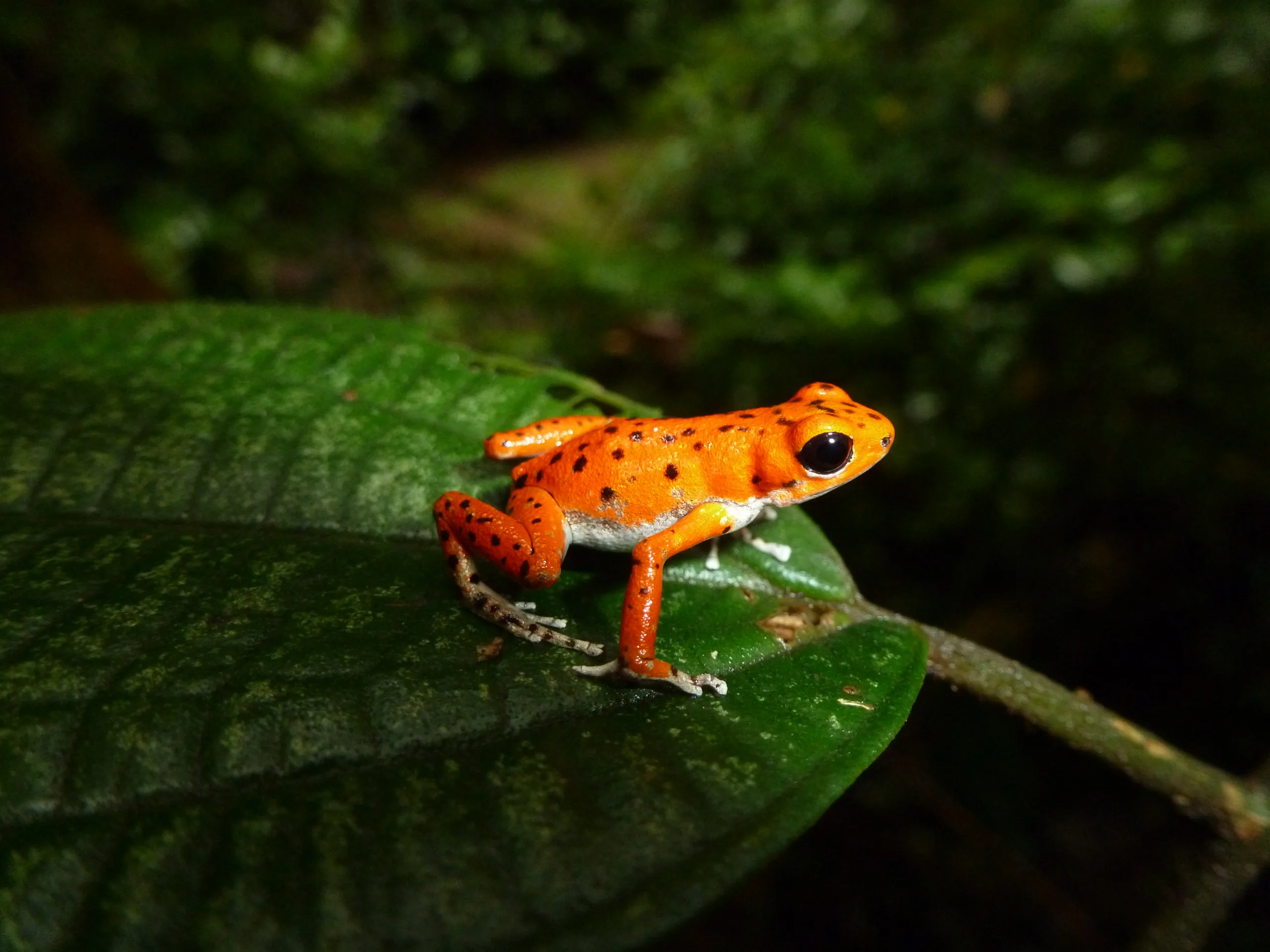A Day in Directed Research
We set off in the morning for a remote corner of Isla Bastimentos, a 45-minute boat ride from our home on Isla Solarte. The sun is warm, but the ocean air keeps us cool. We pass by countless mangrove islands and scattered Ngöbe indigenous villages, their thatched-roofed huts nestled among the mangroves. We’ll pass by several Ngöbe fishermen in their dugout canoes, carved by hand from the trunks of single rainforest trees. If we’re lucky, we’ll see a pod of dolphins on the way to our field site. Our boat ride ends with a 10-minute ride up the Salt Creek, a shallow stream that passes through dense mangrove forest before we arrive at the Salt Creek indigenous village.
At Salt Creek, we meet with the operators of a community-based ecotourism alliance – a coalition of indigenous Ngöbe men and women who have come together to promote ecotourism as an alternative to livelihoods based on exploitation of marine resources like conch or lobster, or forest resources like the increasingly scarce and slow-growing timber trees. These Ngöbe guides know the forest very well, so we discuss where the best places in their forest might be to find the frogs and lizards we’re looking for.


We pass through the indigenous village and enter increasingly dense rainforest with Alfredo, our guide for the day. Before we get to good frog habitat, Alfredo points to a nook in a tree where four furry heads peer down at us – Western Night Monkeys in their roost. We move along to a spot where Alfredo expects to find many frogs, so the seven students on our Directed Research (DR) project fan out to search the forest – eyes peeled and nets in hand. It’s not long before the students start to shout to each other, “I’ve got a poison frog here, come take the temperature!” or “It’s a rocket frog, I need backup!”
After about half an hour, we gather again on the trail to evaluate our catch – a pile of ziplock bags – each of which contains a frog or lizard. We have ten poison frogs, three rocket frogs, two anoles. “Nicely done,” I say. “They’re not called ‘rocket frogs’ because they’re slow.” We take a moment to admire the poison frogs. These frogs are brightly colored in order to advertise their toxicity to predators and, here on the islands of Bocas del Toro, the color and pattern of these frogs varies remarkably from place to place. Here they are red with black legs, but we’ve seen orange, green, and blue morphs on other islands.

After a morning in the forest we return to the Salt Creek village with our many bags of frogs and lizards. Today our improvised laboratory is a simple Ngöbe hut. Our research objective is to estimate the “critical thermal maximum” for these species – the warmest temperatures they can tolerate before they start to show signs of mild stress. By comparing the critical thermal maxima to the temperatures of the habitats these animals use in the forest, we can make inferences about how the frogs and lizards will respond to a warming climate. Our experimental set-up is decidedly simple: a plastic tub of water and several plastic cups, water in various temperatures, and a thermometer. After a couple of hours of experimental trials, we’re ready to return to the forest to release the frogs and lizards – unharmed – in the sites where we found them.

A Directed Research project like this is a core part of SFS programs, and gives students a chance to get real hands-on experience – a chance gain skills in field research, group work, data collection, data management, and production of a scientific paper. It’s an opportunity to get in on the front lines of applied conservation research. Our students will return home tonight wet, muddy, and exhausted; yet knowing that what we’re doing is important for the conservation of unique and fragile island ecosystems, and that this is a jungle adventure like nothing we’ve ever experienced before.
Related Posts


Alumni Reflections: Stories of the Return to Kenya
